Photographs: Reuters Arvind Panagariya
Investment in human capital is likely to fail to translate into effective growth if incentives for entrepreneurs are missing, says Arvind Panagariya.
It has been asserted that India neglected education, especially at the elementary level, investing too little in it in the early post-Independence decades.
It is additionally claimed that the low investment in education was the reason India grew slowly during those decades. Are these critics right?
One way to highlight the difficulty of achieving high per capita expenditures on education during the early decades is to ask what it would have taken to achieve the current level of per capita expenditures on education.
In 2008-09, the latest year for which such an estimate is readily available (see graph in slide 2), expenditure on education by all departments in the central and state governments amounted to 3.8 per cent of gross domestic product (GDP).
Assuming the same proportionate expenditure in 2012-13 and recognising that per capita income that year was 5.8 times that in 1950-51, it would have taken a whopping 22 per cent (5.8 times 3.8) of GDP in the latter year to reach the current per capita expenditure on education.
...
Why India failed to become an economic giant
The situation did not get significantly better three decades later. Slow growth meant that per capita income in 1980-81 rose to only 1.5 times that in 1950-51. This meant that per capita income in 2012-13 remained 3.8 times that in 1980-81.
Therefore, achieving the 2012-13 level of per capita expenditure on education in even 1980-81 would have required spending 14.4 per cent of GDP on education, a virtual impossibility.
The actual expenditure on education in India in 1980-81 was three per cent of GDP. This is perhaps on the low side when compared with other countries, but not dramatically so.
As an example, government expenditure on education in South Korea was just 2.2 per cent of GDP in 1975, although it rose to 4.5 per cent in 1986.
...
Why India failed to become an economic giant
Photographs: Reuters
In view of the low initial per capita income and slow growth, India could have spent, at best, marginally more on education in per capita terms than it actually did in the first three decades.
Those arguing otherwise must point out the cuts in other expenditures that were politically feasible as well as economically defensible. Indeed, given the high fiscal deficits and competing demands for public expenditure, even today, our best bet for raising education expenditure remains rapid growth.
Rising per capita incomes yield a double dividend when we consider the total expenditure on education. On the one hand, they bring the government larger per capita revenues, and on the other they bring higher incomes to households to increase private expenditure on education.
...
Why India failed to become an economic giant
Photographs: Reuters
Even by official count, 30 per cent of children in the first to fifth grades were in private schools across rural and urban India in 2010. Without these private expenditures, which show a rapidly rising trend, India would not be anywhere near achieving the goal of universal elementary education today.
Turning to the second claim by the critics, while education certainly plays an enabling role in faster growth, it is far from sufficient. Two dramatic examples illustrating the point are Cuba and the Soviet Union.
Both had achieved near-universal literacy by the early 1960s, but failed to exhibit high growth because the policy framework they chose was counterproductive. So anti-growth was the policy framework in the Soviet Union that, from 1970 onwards, it experienced low and declining growth rates despite a high and rising investment-to-GDP ratio alongside high levels of education.
...
Why India failed to become an economic giant
Photographs: Reuters
Closer to home, Kerala has had a long history of high literacy rates, but states such as Haryana and Gujarat have dominated it in terms of growth.
Growth experiences of South Korea, Taiwan and Singapore in the 1960s and 1970s are commonly cited as examples of high education levels leading to faster growth.
True, these countries had relatively high literacy levels during their miracle-level growth. But the credit for stimulating and sustaining fast growth goes principally to their switch to outward-oriented policies and good economic management domestically.
For example, the literacy rate in South Korea stood at 22 per cent in 1945. In 1949, the country passed the basic education law and launched a massive programme of literacy for citizens of all ages.
...
Why India failed to become an economic giant
Photographs: Reuters
By 1966, literacy levels had risen to 84.5 per cent for males and more than 85 per cent for females. Yet the average growth rate in the immediate post-Korean War period, 1954 to 1962, was a modest 4.2 per cent — not dramatically higher than the 3.7 per cent achieved by India.
Growth in South Korea accelerated beginning in 1963. However, the trigger was not a massive expansion of education but, instead, a series of policy changes that made the exports of labour-intensive manufactures highly attractive.
Two final clarifications are in order. First, my intention is by no means to downplay the importance of education. Education is a value in itself and it also contributes to growth.
Without civil engineers we cannot build roads and bridges, and without computer scientists we cannot become a software powerhouse. Economists have long considered investment in physical as well as human capital as an important element in sustained rapid growth.
...
Why India failed to become an economic giant
Photographs: Reuters
The argument I have made is that, as with Cuba and the Soviet Union, investment in human capital is likely to fail to translate into effective growth if incentives for entrepreneurs are missing.
Second, the failure of India has been not so much in mobilising expenditures in education as in using those expenditures effectively and efficiently. The expenditures on education in South Korea in the 1950s and 1960s were quite modest. Yet these countries were able to expand literacy rapidly.
Sadly, our civil society groups, journalists and politicians insist on more and more public expenditures and public delivery of education but not on superior educational outcomes.
Ironically, however, nearly all of them rush to private schools when it comes to educating their own children and grandchildren.
Even the Right to Education Act that they have pushed through a spineless Cabinet and Parliament only seeks to maximise input without demanding even minimal educational achievements.
The writer is a professor at Columbia University.


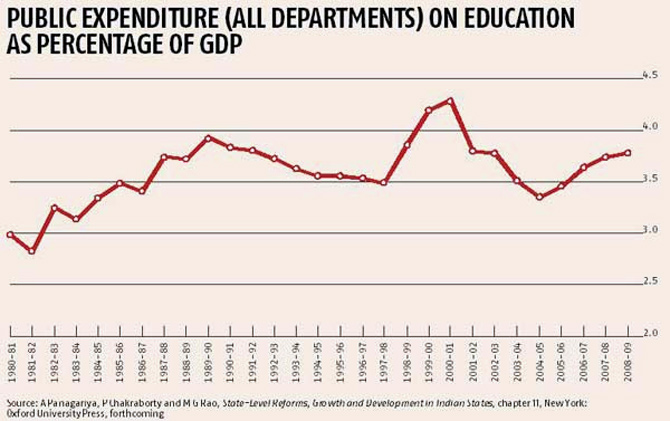
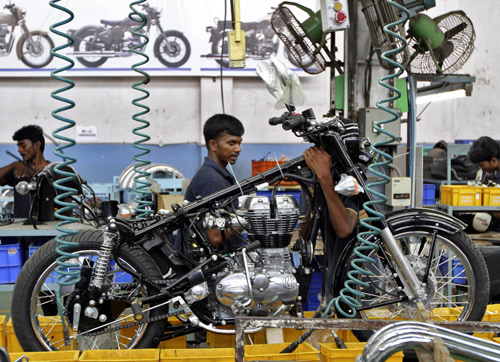
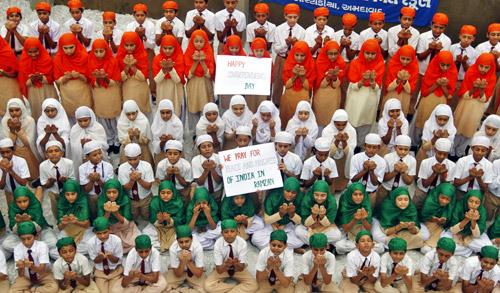
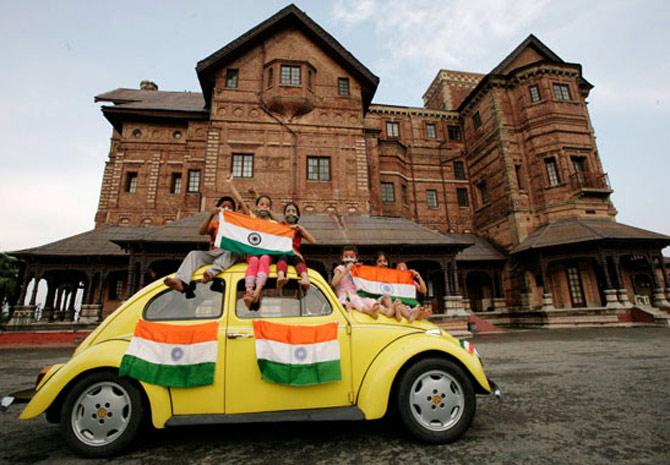

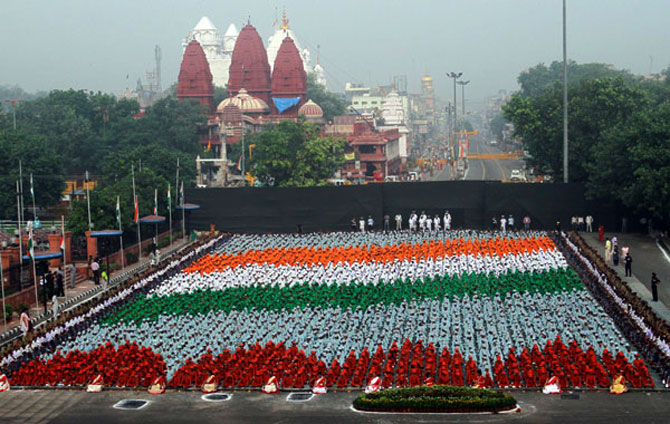

article